Report this entry
More from the same community-collection
The El Paso Museum of History - Christmas - 2016
During the lighting of the San Jacinto Plaza for Christmas - the ...
San Jacinto Plaza Christmas Lighting Ceremony -2016
Crowds descend on downtown for the Christmas lighting of the ...
Ice Skating - Downtown El Paso, Texas - 2016
Ice skating in downtown El Paso, Texas. This photograph was ...
Ice Skating - Downtown El Paso, Texas - 2016
Ice skating in downtown El Paso, Texas. This photograph was ...
Ice Skating - Downtown El Paso, Texas - 2016
Ice skaters enjoy the skating during the lighting of the San ...
Ice Skating - Downtown El Paso, Texas - 2016
Ice skaters enjoy the skating during the lighting of the San ...
Ice Skating - Downtown El Paso, Texas - 2016
Ice skating comes to the downtown area in El Paso, Texas.
Ice Skating - Downtown El Paso, Texas - 2016
Ice skaters downtown El Paso, Texas during the Christmas ...
Ice Skating - Downtown El Paso, Texas - 2016
Ice skaters downtown El Paso, Texas during the Christmas ...
San Jacinto Plaza 2016 - Christmas 2016
In front of the Art Museum during the lighting ceremony for San ...
Celebration of Lights - San Jacinto Plaza – 2016
Celebration of Lights - San Jacinto Plaza El Paso Texas– 2016 ...
Celebration of Lights - San Jacinto Plaza – 2016
Celebration of Lights - thousands gather on the plaza - El Paso, ...
Celebration of Lights - San Jacinto Plaza – 2016
Celebration of Lights - San Jacinto Plaza – 2016 San ...
Celebration of Lights - San Jacinto Plaza – 2016
Celebration of Lights - thousands gather on the plaza - El Paso, ...
Celebration of Lights - San Jacinto Plaza – 2016
People gather at one of light exhibits on the plaza during the ...
Celebration of Lights - San Jacinto Plaza – 2016
In front of the Anson 11 during the Celebration of Lights - ...
Celebration of Lights - San Jacinto Plaza – 2016
In front of the Mills Building looking toward the San Jacinto ...
Celebration of Lights - San Jacinto Plaza – 2016
On the San Jacinto Plaza during the Celebration of Lights.
Celebration of Lights - San Jacinto Plaza – 2016
Celebration of Lights - San Jacinto Plaza – 2016 ...
Celebration of Lights - San Jacinto Plaza – 2016
Celebration of Lights - San Jacinto Plaza – 2016 Happy ...
Celebration of Lights - San Jacinto Plaza - 2016
Celebration of Lights at San Jacinto Plaza - thousands of people ...





















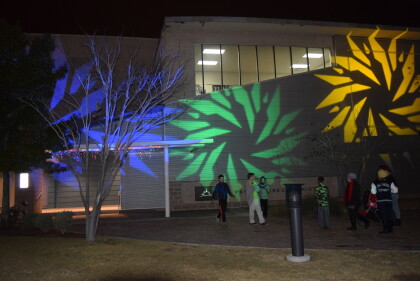
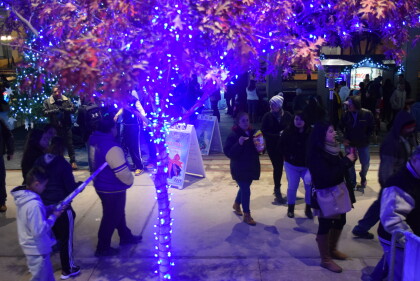
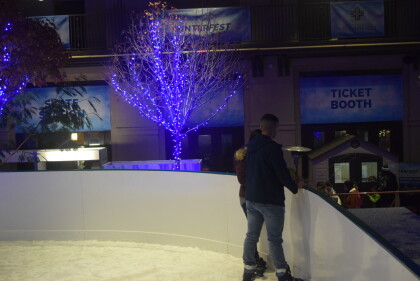
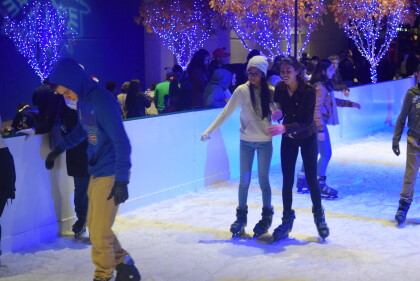
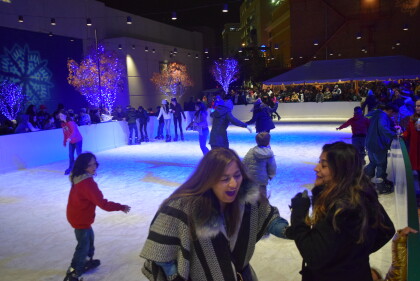
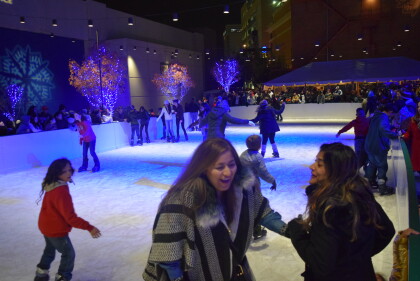
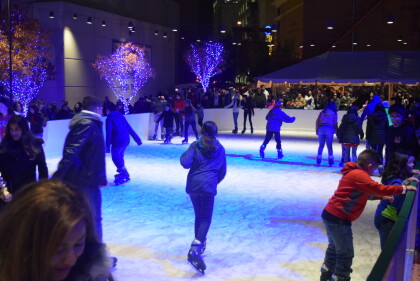
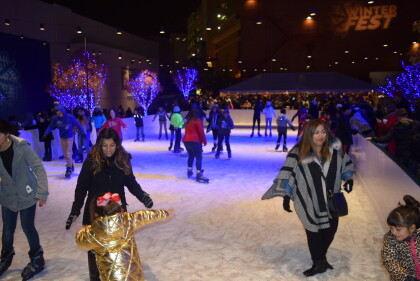
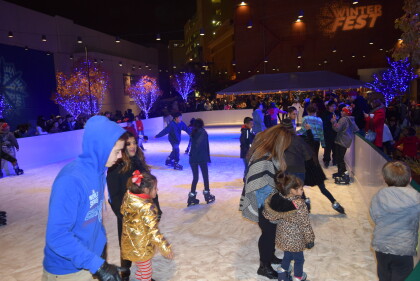
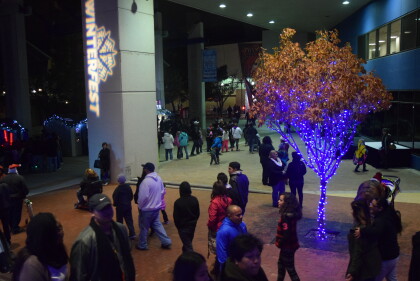
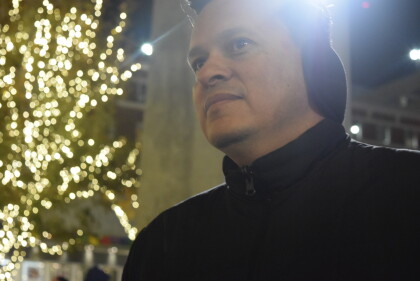
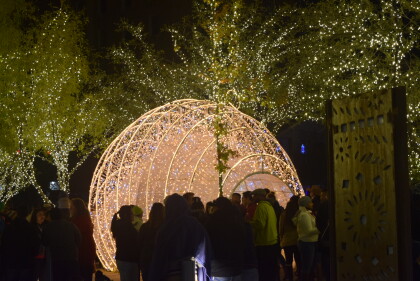
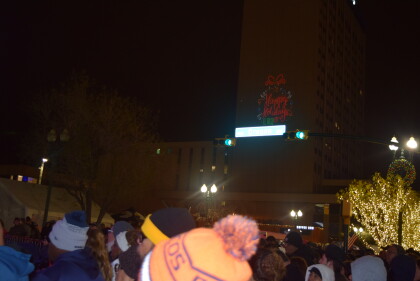
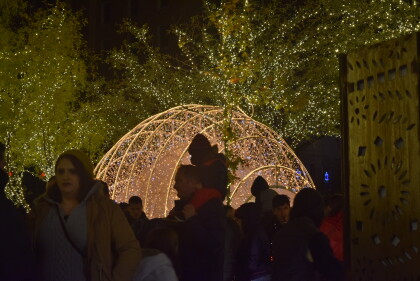
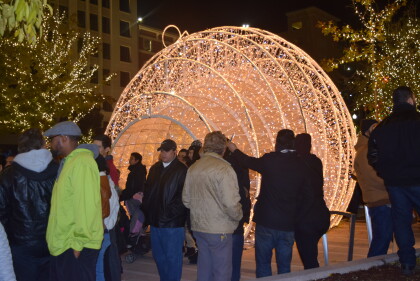
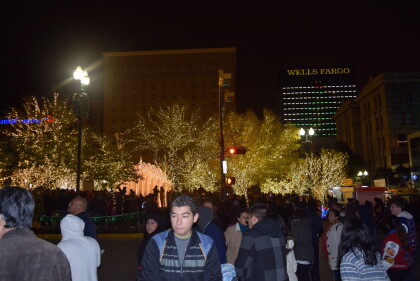
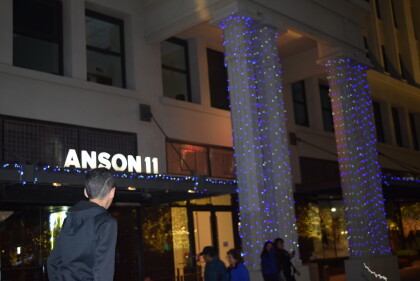
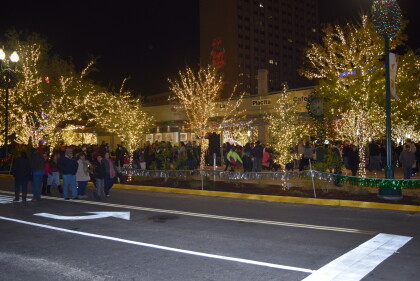
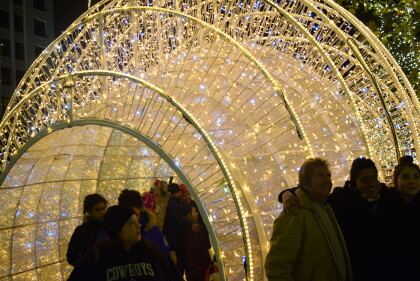
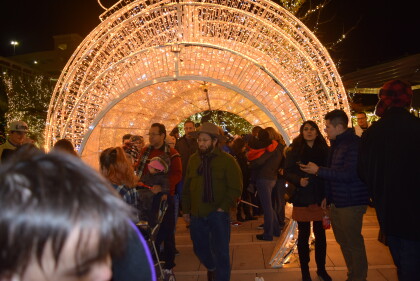
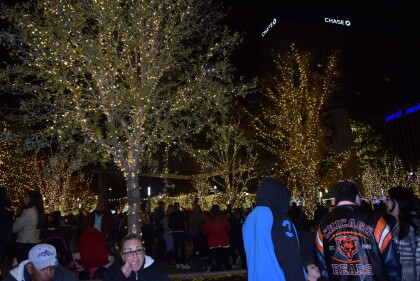
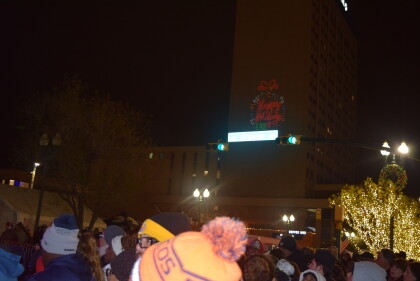
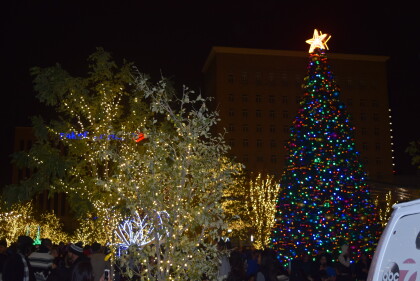
Comments
Add a comment